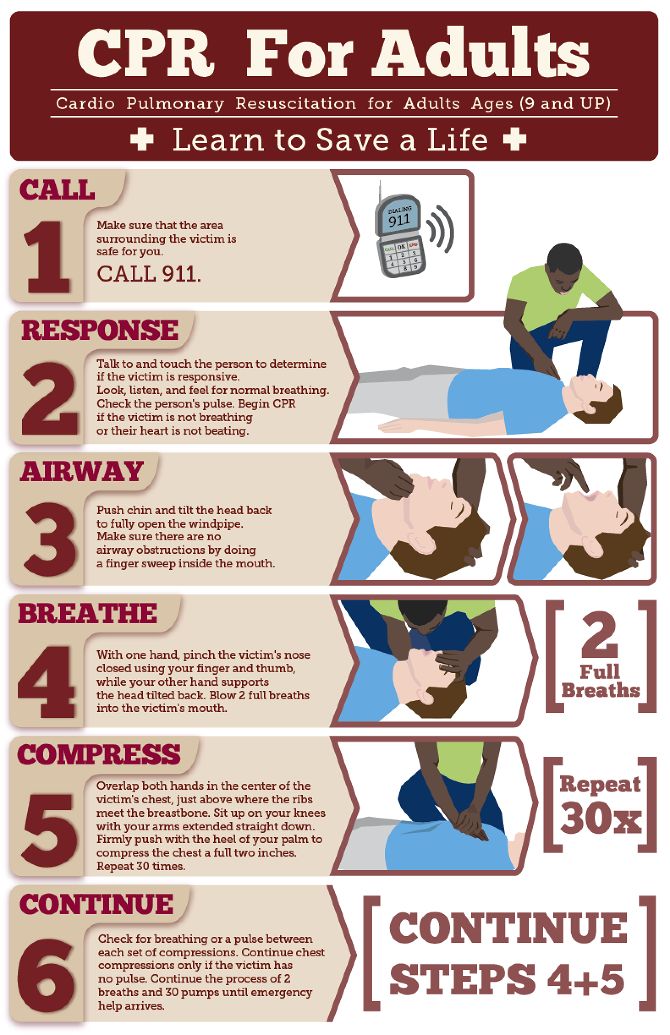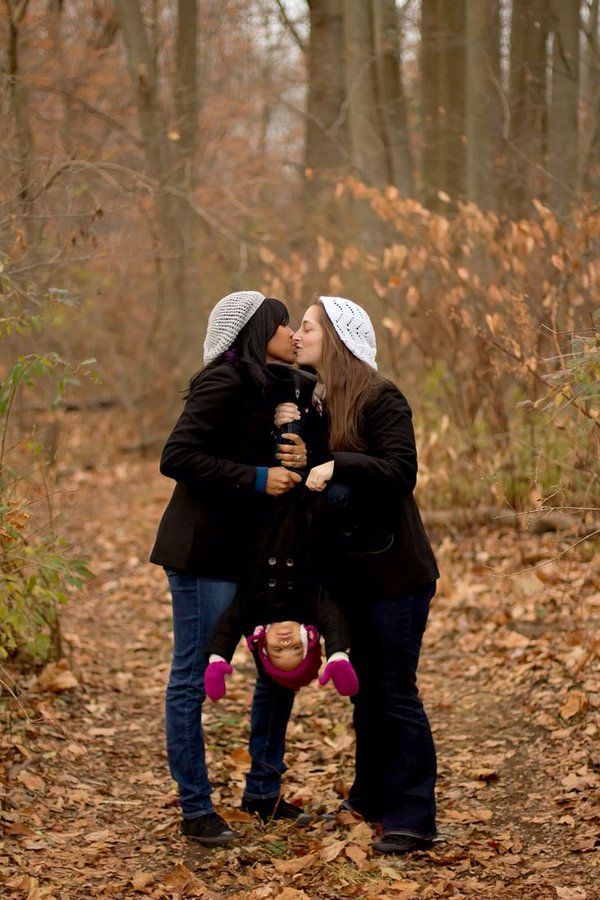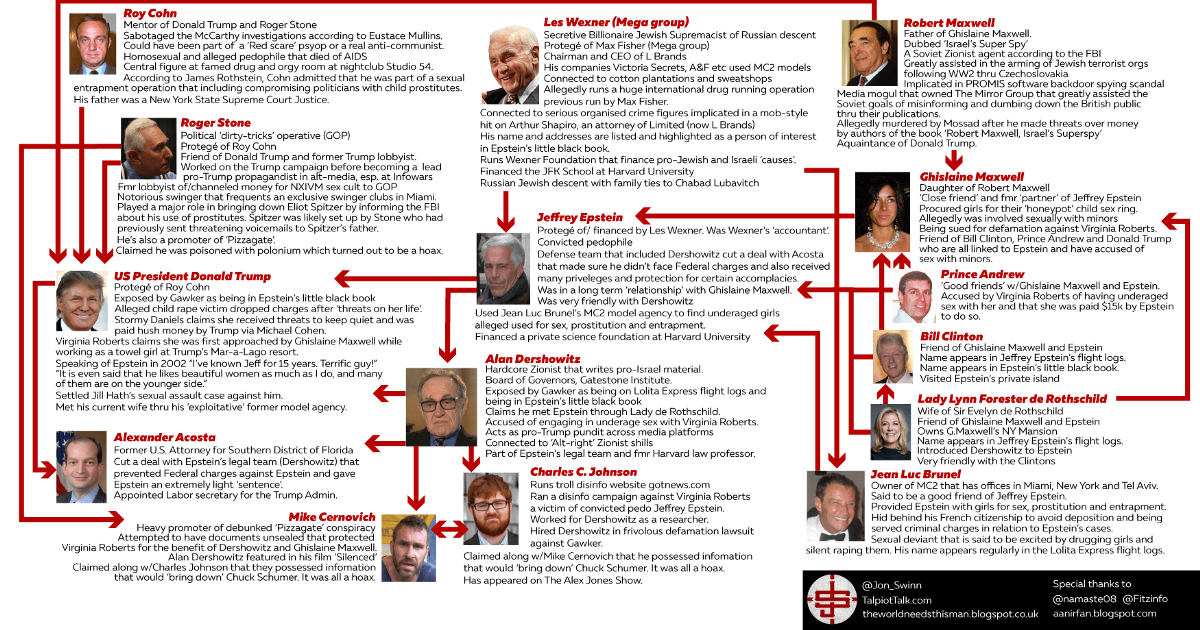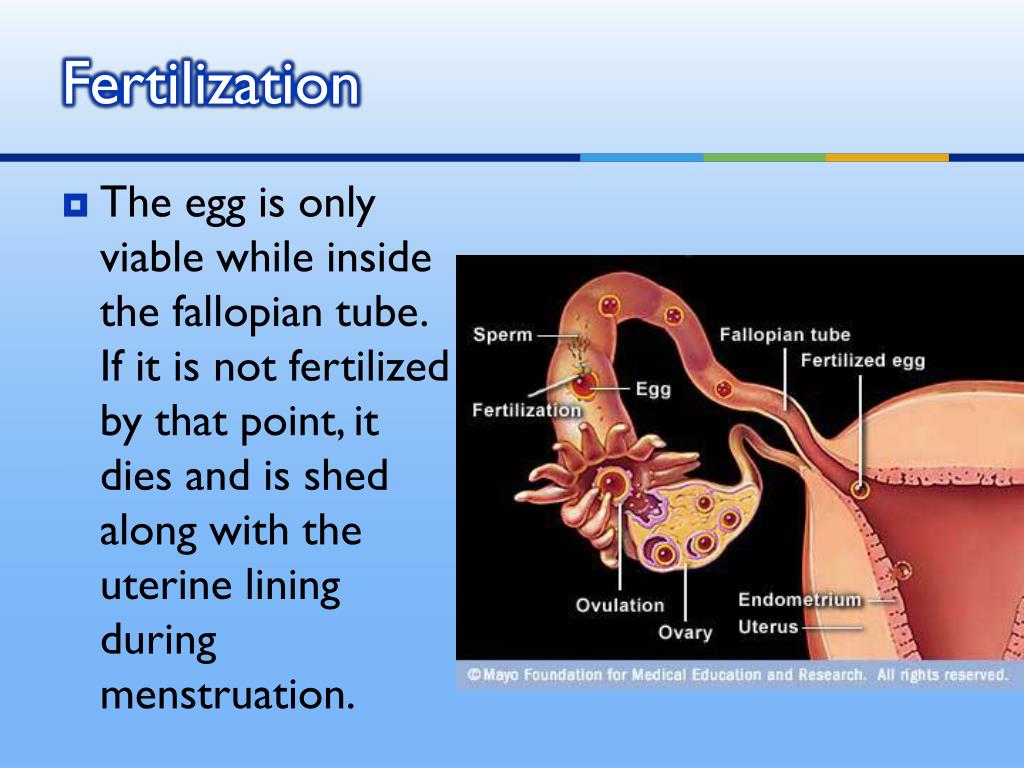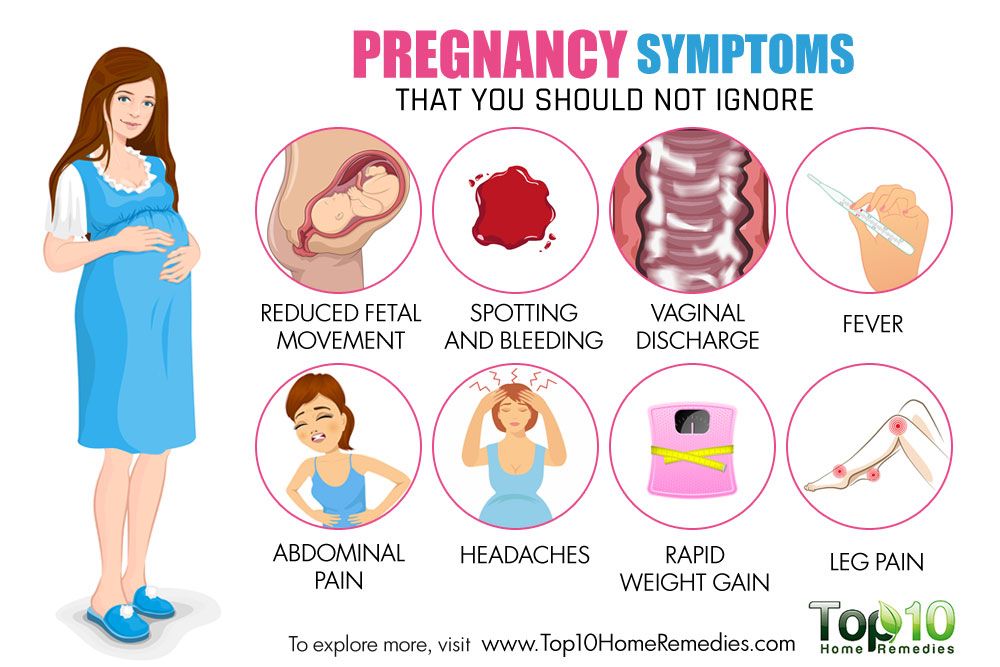How to help a child with breathing difficulties
Breathing Difficulties in Children: Causes and Treatment
Children often have coughs and colds which are usually harmless and get better quickly. Children can sometimes also have more serious breathing difficulties that need urgent treatment.
Many breathing difficulties are caused by infections but there are other causes too. The main causes of breathing difficulties include:
- Viral infections.
- Bacterial infections.
- Asthma.
- Allergies.
- Passive smoking (exposure to cigarette smoke).
- Exposure to other harmful gases (for example, really bad pollution).
- Blockage of the airway by an inhaled object, such as food or any small object.
- A genetic condition such as cystic fibrosis.
What causes breathing difficulties in children?
Pneumonia patch diagram
The respiratory tract can be divided into:
- The upper respiratory tract: nose, mouth, throat and voice box (larynx).
- The lower respiratory tract: windpipe (trachea), bronchi and lungs.
Although respiratory infections are very common, not all breathing difficulties are caused by infections. The main causes of breathing difficulties in children include the following.
Viral infections
Viral infections cause most upper respiratory infections, including colds and sore throats. These infections are usually mild and get better quickly. Some viruses can cause severe symptoms which may need treatment in hospital. Examples of common viral infections include bronchiolitis and croup.
Note: antibiotics do not kill viruses and so are not used to treat viral infections.
Bacterial infections
Bacterial infections, such as acute tonsillitis, are also very common in the upper respiratory tract. Bacterial infections in the lower respiratory tract, such as pneumonia, are much less common.
Antibiotics are effective against bacterial infections but mild upper respiratory tract infections often don't need any antibiotic treatment.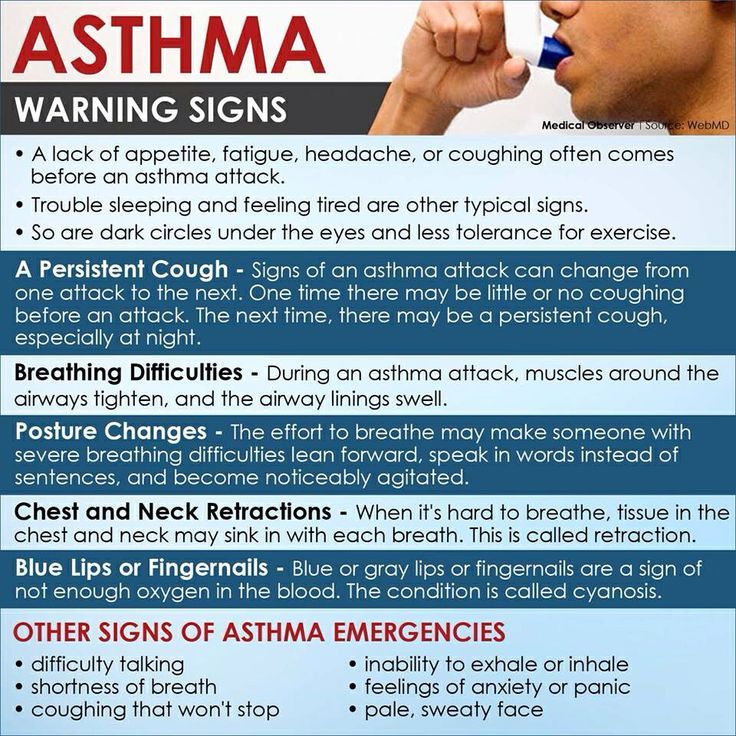
Examples of more serious bacterial infection include epiglottitis and pneumonia.
Asthma
Asthma can start at any age but most often starts during childhood. Symptoms may include wheezing and shortness of breath, which may particularly occur after exercise or at night. Severe asthma causes much more severe symptoms, including difficulty with breathing that may need urgent medical treatment.
Allergies
Allergies are a common cause of breathing problems. They most often affect the upper respiratory tract and cause a clear discharge from the nose, sneezing and sore eyes. Allergies may also affect the lower respiratory tract and cause asthma symptoms.
Other causes
Other causes of breathing difficulties in children include:
- Breathing in cigarette smoke.
- Long-term conditions that affect the respiratory tract, such as cystic fibrosis.
- Blockage of the airway by an inhaled object, such as a small piece of food or any other object.
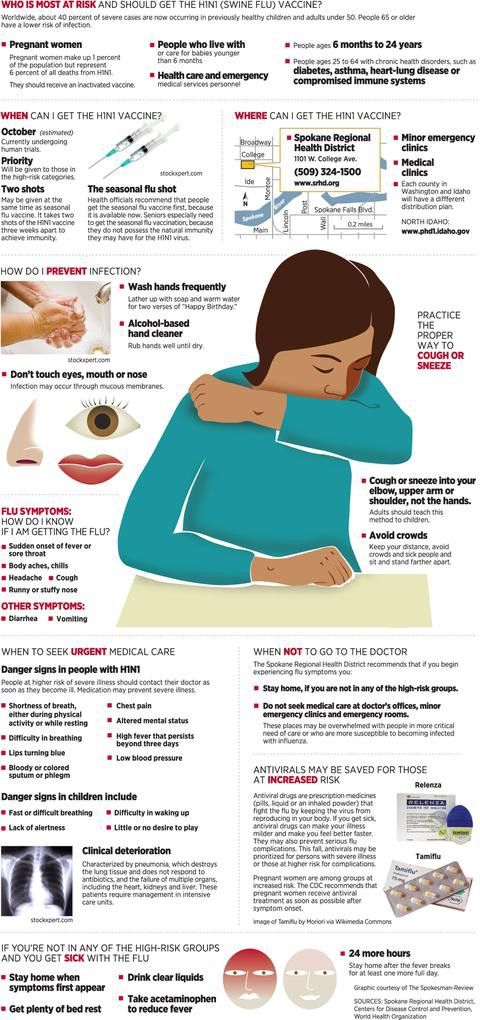
If the child has inhaled something which is now blocking the airway - this is an emergency. They may suddenly become upset or start to choke, or they may collapse. If the child can cough, encourage them to clear the blockage themselves. If they cannot do this and you know how to perform basic life support for choking situations, you should start immediately and ask someone else (if possible) to call the emergency services.
What are the symptoms of breathing difficulties in children?
The common symptoms caused by breathing (respiratory) difficulties in children include:
A runny nose, stuffy nose, blocked nose and sneezing
These symptoms are often caused by a cold but may also be caused by an allergy.
Cough
Most coughs clear up within 2-3 weeks and are caused by a viral infection.
Sometimes the cough may go on for a few weeks after the infection has gone but there are no other symptoms and this is also harmless.
If a cough is really bad, (that is, it occurs with severe breathing problems or it won't go away within the usual expected time) then there may be a more serious cause.
As well as common viral infections, a cough may be caused by other conditions such as croup, bronchiolitis or whooping cough. These often cause particular sounds or types of cough.
A cough that won't go away may be due to asthma or another long-term condition such as cystic fibrosis.
Coloured mucus
Yellow, green or brown mucus usually means there is a respiratory tract infection.
A high temperature (fever)
This can be a sign of infection. A high temperature can make your child irritable or drowsy. Often getting their temperature down will make them feel much better.
Wheezing
This is a high-pitched sound that comes from the chest when your child is breathing out. This is most often caused by respiratory infections or asthma.
Aches and pains
Children with respiratory tract infections often complain of aches and pains in their arms and legs and they often have a headache.
How do I know when my child is really unwell?
The signs of your child being very unwell with breathing (respiratory) difficulties that might need urgent medical treatment include:
Breathing rate
An increase in the rate of breathing may be the first symptom of breathing difficulty.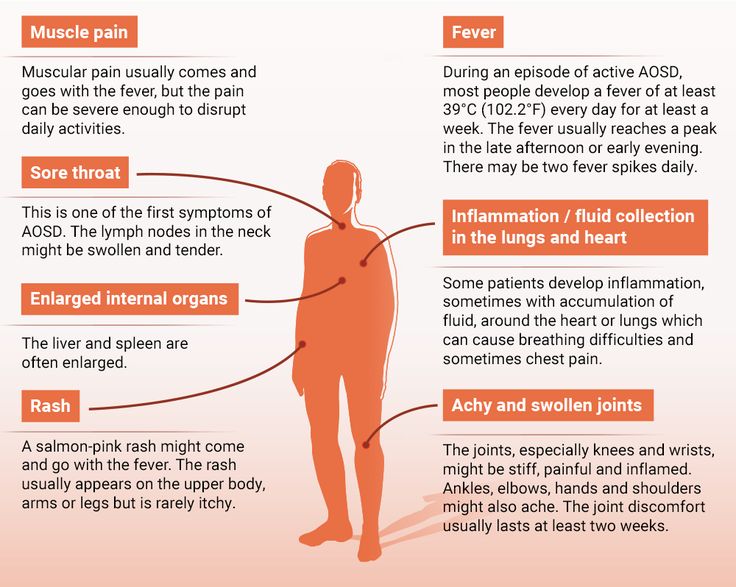 Count the number of breaths (in and out is one breath) in one minute. The breathing rate is too fast if it is more than:
Count the number of breaths (in and out is one breath) in one minute. The breathing rate is too fast if it is more than:
- 60 breaths per minute for a baby aged 0-5 months.
- 50 breaths per minute for an infant aged 6-12 months.
- 40 breaths per minute for a child aged 1-5 years.
- 20-30 breaths per minute for children of school age. The normal breathing rate gradually gets less as a child gets older. So, for example, a breathing rate above 30 would be too high for a child aged 6 years but a breathing rate above 20 would be too high for a teenager aged 16 years.
Increased effort of breathing
This includes the chest sinking in below the neck and below the breastbone (sternum). The ribs may also look as if they are standing out when the child is breathing in, because the muscles between them are being pulled in hard.
Flaring of the nostrils
The nostrils widen when breathing. This also shows that more effort is needed for breathing.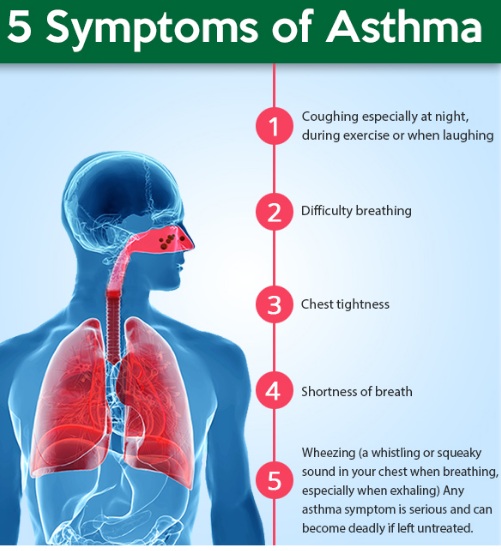
Grunting
A grunting sound is made when breathing out. This is the body trying to get more air into the lungs.
Colour
The skin may seem pale or a bluish colour. The lips and tongue may also appear blue. These changes mean your child isn't getting enough oxygen from breathing.
Drowsiness
Low oxygen levels may cause your child to become very tired and difficult to keep awake.
Stridor
This is a high-pitched noise when your child breathes in. It is caused by an obstruction to the flow of air in the upper airway. The causes for this include croup or epiglottitis.
If you are with a child who has any of the worrying signs mentioned above, it is important that you contact your general practitioner or if in the UK, NHS 111, for advice. If the child seems severely unwell or you are having trouble getting advice, it may be appropriate to call 999.
Although most children get better quickly from respiratory infections, occasionally the infection overwhelms the body's defences and causes sepsis, which needs emergency treatment in hospital.
See the separate leaflet called Sepsis (Septicaemia) for further information.
It is essential to know what the symptoms of sepsis are so you can seek urgent medical help. You can find out what to look out for in a child in our separate leaflet called Child Sepsis Safety Net.
When should you seek medical advice and treatment?
Many children's coughs and breathing (respiratory) problems improve after about 10 days, sometimes much sooner. You should take your child to the doctor if they:
- Seem to be getting much more unwell.
- Have any symptom that won't go away.
- Have problems feeding and drinking.
- Have signs of becoming very dry (dehydrated) such as a very dry tongue.
- Are coughing up mucus that is dark brown or bloody.
- Are becoming more breathless.
- Already have a diagnosed lung condition such as asthma.
- Have any condition that reduces their defence against infection (weak immune system).
Babies and young children can become very unwell very quickly so it is even more important to keep a close eye on them and obtain medical advice if you have any concerns.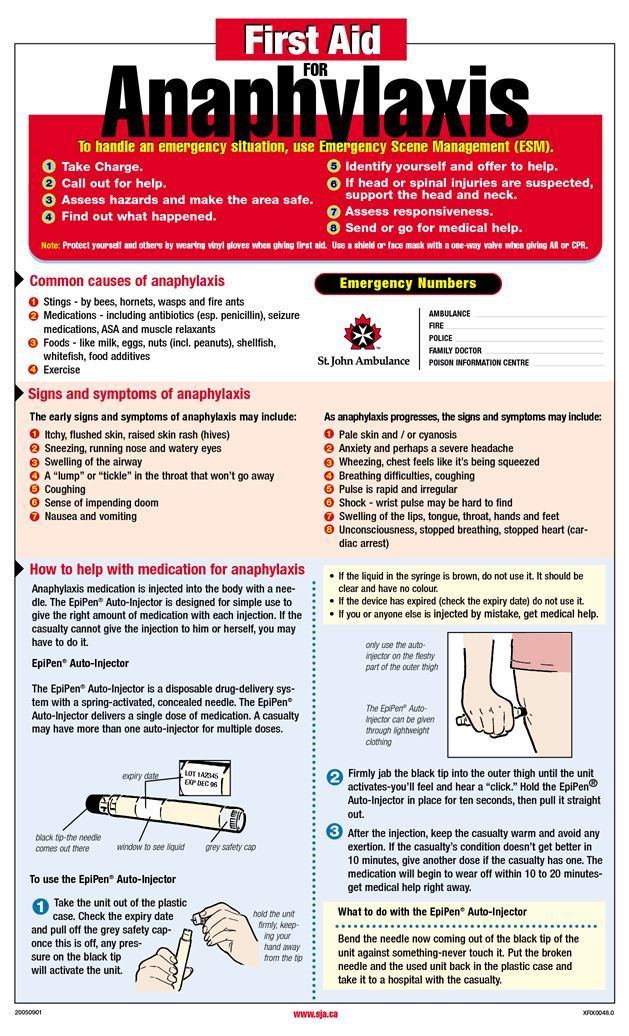
What are the treatments for breathing difficulties in children?
Always act quickly and get medical help if you are worried about your child, especially if they are having any trouble breathing, seem to be getting worse or aren't getting any better.
Most infections will clear up by themselves. However, there are lots of things you can do to help your child be more comfortable and to help them to feel better more quickly. These include:
Encourage them to drink as much as they can
This often means drinking little and often. Cool water is best. Drinking lots of fluid will help to:
- Prevent their body becoming too dry (dehydrated).
- Keep them cool.
- Keep the mucus moist and easier to cough up.
- Stop their throat from feeling really dry and sore.
Paracetamol or ibuprofen
Only give paracetamol or ibuprofen if your child is distressed by a high temperature (fever). They can be used together if needed.
Make sure your child is in a comfortable and calm environment
This includes giving reassurance, keeping them cool and keeping them well away from any cigarette smoke.
Medicines
Unless your child has asthma or any other ongoing breathing (respiratory) condition, the only medicines needed are usually paracetamol or ibuprofen. Most infections in children are caused by viruses and so antibiotics aren't needed. Cough medicines don't work so aren't recommended.
Preventing the infection spreading to other people
This is very important, especially if you have other children. Important measures to reduce the spread of infection include:
- Make sure everyone washes their hands regularly.
- Use clean disposable tissues to remove any infected mucus when your child has been sneezing or coughing. Then put the used tissue in a bin and wash your hands thoroughly.
What to Do if Your Child Has Trouble Breathing
It’s very frightening to realize that your child might be struggling to breathe. That’s why it’s good for parents to know what to do in advance. Minor breathing problems are common throughout life, but serious breathing problems need immediate medical attention.
First: If your child cannot breathe or is in distress trying to breathe, call 911. A lack of oxygen can become serious, even deadly, in minutes.
If your child is struggling to get a full breath, “call your pediatrician, even if it’s the middle of the night,” says UNC Health pediatrician Edward M. Pickens, MD. After office hours, there will be a pediatrician on call who can help you immediately.
Thankfully, most breathing problems are not life-threatening, but they are uncomfortable. Here’s what parents should know to help alleviate that discomfort.
Causes of Breathing Problems in ChildrenMost breathing problems in children are acute viral infections that will appear for a short time and go away on their own, Dr. Pickens says. This includes cold viruses, RSV (respiratory syncytial virus) and an infection called croup, which affects the throat and vocal cords and causes a barking cough. Children also can have bronchitis, sinus infections and pneumonia.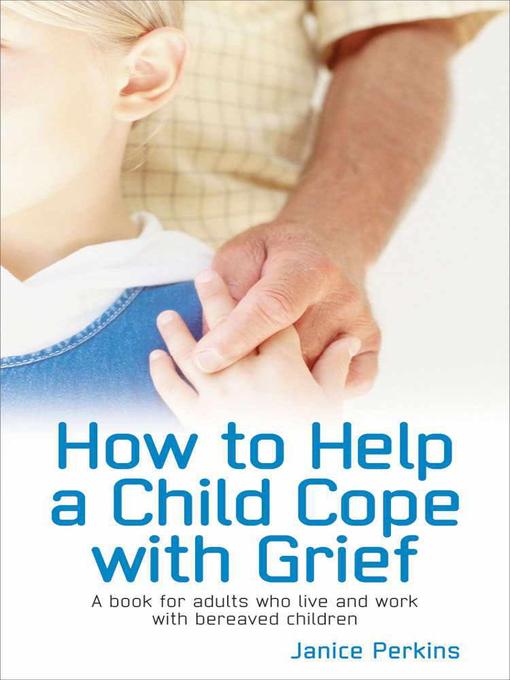
Notably, coronavirus disease 2019 (COVID-19) can cause shortness of breath in both children and adults.
Some children have chronic conditions that cause breathing problems, Dr. Pickens says. The most prevalent is asthma, which affects about 7.5 percent of children. In rare cases, breathing trouble can indicate a congenital heart problem or cystic fibrosis. Some infants with acid reflux may have trouble breathing.
And of course, choking on a foreign object or food can cause immediate and life-threatening breathing trouble.
Signs a Baby or Child Is Having Trouble Breathing
How you’ll determine whether your child is struggling to breathe will depend on your child’s age. Elementary school-age children can tell you that they’re having difficulty or that their chest hurts. Preschoolers may become noticeably less active.
Babies and toddlers can’t tell you where it hurts, but they are likely to eat less because it’s difficult for them to breathe and eat at the same time.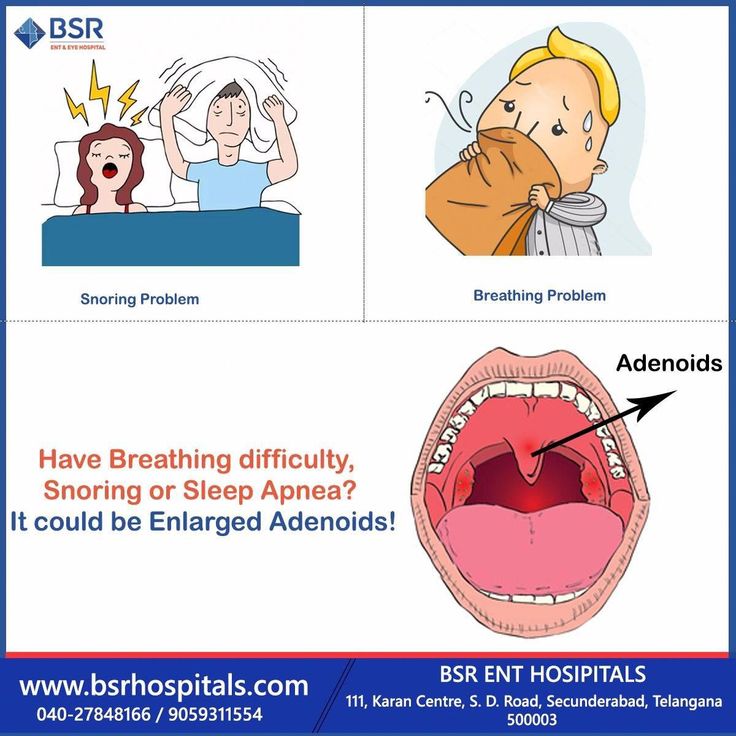 Babies breathe more rapidly than adults normally, so don’t be alarmed if their pace is faster than yours; it’s about noticing their pattern changing, Dr. Pickens says. You also may see flaring nostrils or sucking in around the rib cage; the baby might grunt.
Babies breathe more rapidly than adults normally, so don’t be alarmed if their pace is faster than yours; it’s about noticing their pattern changing, Dr. Pickens says. You also may see flaring nostrils or sucking in around the rib cage; the baby might grunt.
“A lot of it is based on how they look,” Dr. Pickens says. “Do they look happy? Are they eating? Is their breathing different than normal?”
No matter the child’s age, coughing usually accompanies breathing difficulties, Dr. Pickens says.
As for knowing whether it’s an emergency, there are some telltale signs, Dr. Pickens says: a look of panic, which even a young baby will have if unable to breathe, or a color change, where the skin becomes suddenly pale or blue.
You also can tell a lot from the noises your child is making—or not. Wheezing is a major symptom of asthma, especially if it’s recurring. If it’s a one-time thing, or if you hear a whistling sound when your child breathes in, that could indicate he or she has inhaled a foreign object, such as a coin or bead.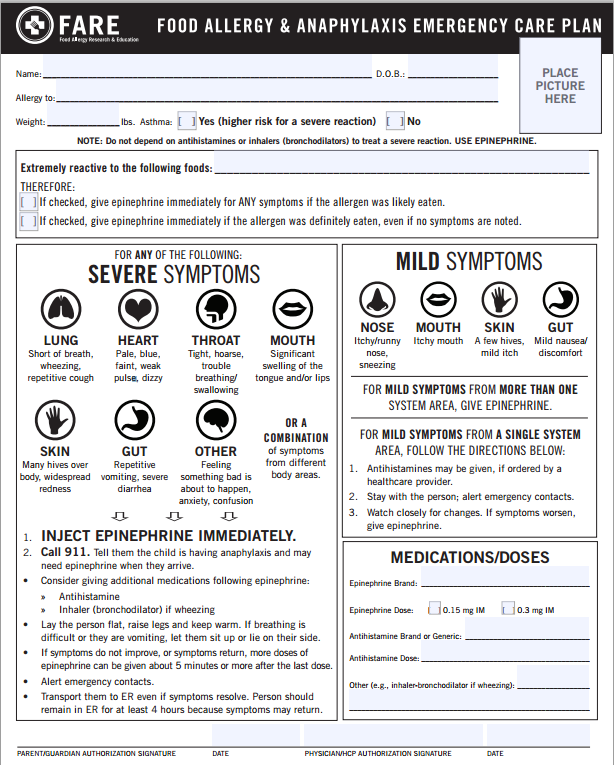 That is an emergency that needs to be treated immediately, Dr. Pickens says.
That is an emergency that needs to be treated immediately, Dr. Pickens says.
That said, making any noise is much better than not being able to make a sound at all, he adds. “A child who can make a noise or who can speak doesn’t have a complete airway obstruction.”
Helping a Child with a Breathing ProblemIf you are questioning the cause of your child’s breathing problem, contact your pediatrician. If you don’t want to go into the office, a virtual visit will often suffice.
“If I can take a look at a child breathing over video, that tells me a whole lot,” Dr. Pickens says.
In the vast majority of cases, children with viral infections can recover at home. Parents can make them more comfortable using a cool-mist humidifier or taking them outside into cool air, a particularly useful strategy for relieving the labored breathing of croup, Dr. Pickens says. It also may be easier for them to breathe sitting up than lying down.
Over-the-counter medicated topical rubs work for only short periods, Dr. Pickens says, and should not be used on very young children. Follow the label’s instructions.
Pickens says, and should not be used on very young children. Follow the label’s instructions.
Occasionally, doctors will prescribe antibiotics to clear up bacterial infections or steroids to shrink swelling in the throat and lungs, Dr. Pickens says. Children with asthma and those suffering from severe cases of some acute infections may take medications through a nebulizer or an inhaler, devices that turn medicines into mist to inhale.
In severe cases of RSV and croup, children may be hospitalized and given supplemental oxygen, Dr. Pickens says.
“Ninety-nine percent of kids” will get better at home without any intervention, he says, but it’s important to be vigilant because breathing problems can get worse. Parents and caregivers should know how to provide lifesaving CPR if their child stops breathing and the Heimlich maneuver if the child is choking.
If you have concerns about your child’s health, call your pediatrician. Need a pediatrician? Find one near you.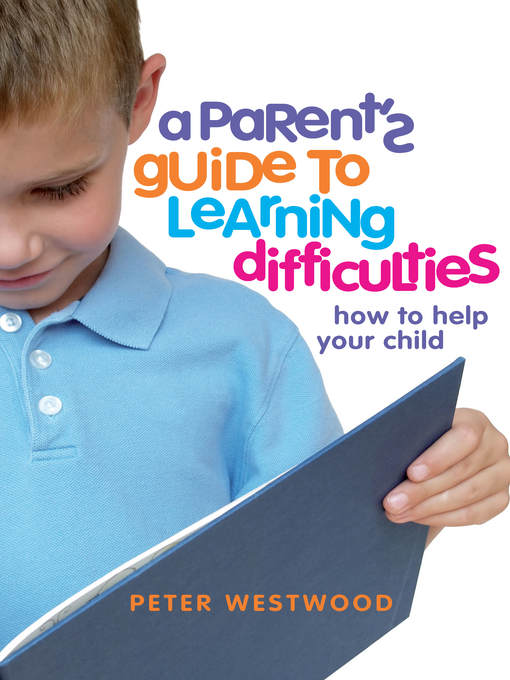
Emergencies
Cough
Cough is probably the most common problem parents face. Very often, a cough, even if it sounds scary, has a harmless cause and goes away on its own. Sometimes coughing is a serious symptom. Let's try to figure out how to behave when a child coughs and when to start sounding the alarm.
What is a cough?
Cough is a protective reflex designed to clear the airways. During a cough push, the air abruptly leaves the lungs and forces everything that interferes with breathing - sputum and foreign bodies - to come out. If you think about the mechanism of coughing, it becomes clear that it is far from always necessary to “suppress” it.
What causes and what does a cough look like?
The most common cause of cough is a viral infection. Viruses can cause damage to the respiratory tract at different levels - from the nose (with a common cold) to the bronchi, bronchioles and lungs, and coughing is a common symptom in all these diseases. For example, sore throat and nasal discharge flowing down the back of the throat irritate the mucous membrane of the upper respiratory tract and stimulate the cough reflex. Due to irritation of the mucous membrane of the pharynx, a dry, hacking cough occurs, which will definitely pass without treatment, but in the acute period it can be quite frequent and painful, and even disrupt night's sleep. A runny nose and discharge along the back of the throat provoke a wet cough, while the child begins to cough when changing position of the body, especially in the morning and at night when he gets up, lies down or rolls over. If the virus infects the mucous membrane of the larynx, a false croup develops, that is, swelling and, as a result, narrowing of the lumen of the larynx, which is accompanied by a "barking" cough, hoarseness, and a characteristic noisy breath (the so-called stridor). With inflammation of the bronchi, bronchioles and alveoli - bronchitis, bronchiolitis and pneumonia, respectively - sputum accumulates in the lumen of the respiratory tract, swelling of the mucous membrane occurs, resulting in cough and shortness of breath.
For example, sore throat and nasal discharge flowing down the back of the throat irritate the mucous membrane of the upper respiratory tract and stimulate the cough reflex. Due to irritation of the mucous membrane of the pharynx, a dry, hacking cough occurs, which will definitely pass without treatment, but in the acute period it can be quite frequent and painful, and even disrupt night's sleep. A runny nose and discharge along the back of the throat provoke a wet cough, while the child begins to cough when changing position of the body, especially in the morning and at night when he gets up, lies down or rolls over. If the virus infects the mucous membrane of the larynx, a false croup develops, that is, swelling and, as a result, narrowing of the lumen of the larynx, which is accompanied by a "barking" cough, hoarseness, and a characteristic noisy breath (the so-called stridor). With inflammation of the bronchi, bronchioles and alveoli - bronchitis, bronchiolitis and pneumonia, respectively - sputum accumulates in the lumen of the respiratory tract, swelling of the mucous membrane occurs, resulting in cough and shortness of breath.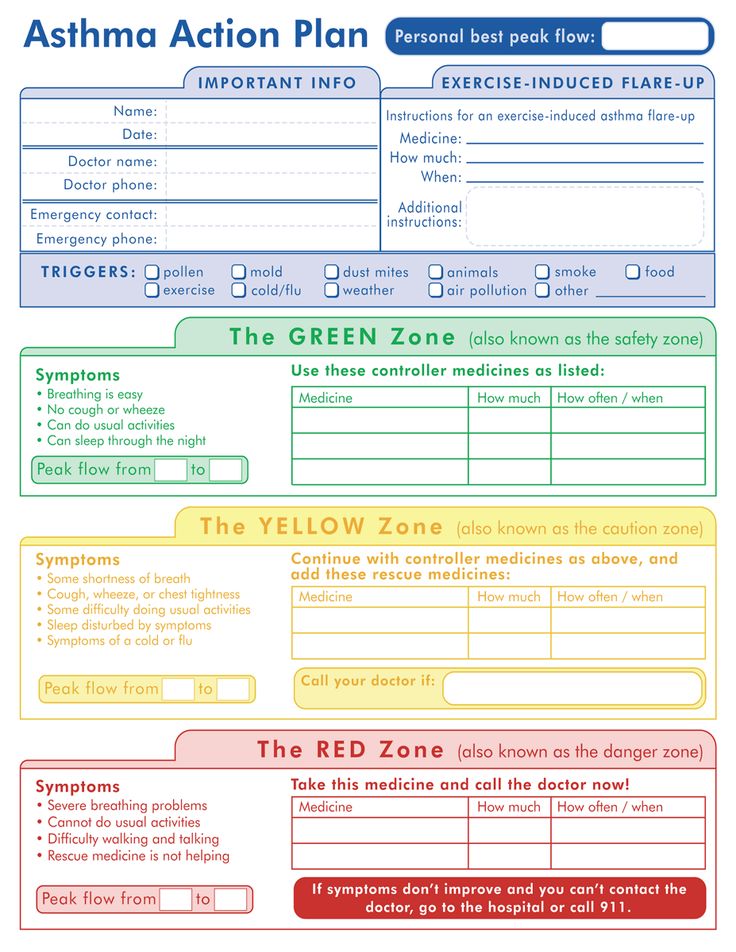 Unlike viral bronchitis and bronchiolitis, pneumonia is more commonly caused by bacteria and is accompanied by fever in addition to coughing and shortness of breath. In bronchial asthma, bronchospasm and accumulation of thick sputum in them occur after contact with an allergen, which also provokes a cough.
Unlike viral bronchitis and bronchiolitis, pneumonia is more commonly caused by bacteria and is accompanied by fever in addition to coughing and shortness of breath. In bronchial asthma, bronchospasm and accumulation of thick sputum in them occur after contact with an allergen, which also provokes a cough.
When should an ambulance be called for a child with a cough?
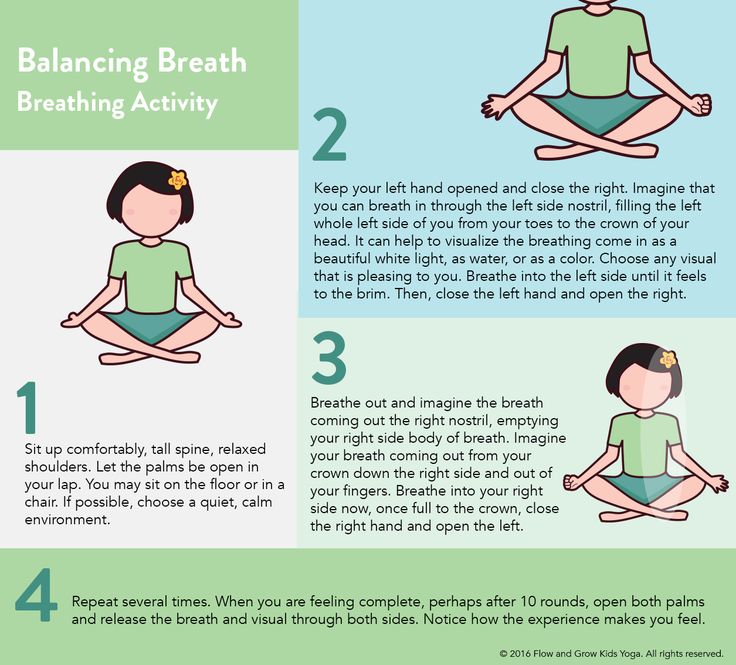
If the child does not have the most severe symptoms, but the child is concerned, see a doctor. An important sign of trouble is the appearance of the child - if he is lethargic, looks sick and if you cannot attract his attention and catch his eye. Shortness of breath, that is, rapid breathing, accompanied by an effort of the respiratory muscles and retraction of the intercostal spaces and the jugular fossa (depression above the sternum), is a sign that indicates damage to the lower respiratory tract. If you notice shortness of breath in a child, be sure to consult a doctor. Increased body temperature, especially fever above 39- 40 ° C, also requires that the child be examined by a doctor, as cough and fever can be symptoms of pneumonia.
Special attention should be given to children in the first months of life, because in young children, serious illnesses can be erased, and the condition may worsen suddenly. If you have a fever (that is, if the child's rectal temperature is > 38 ° C) in children under three months old, you should definitely consult a doctor.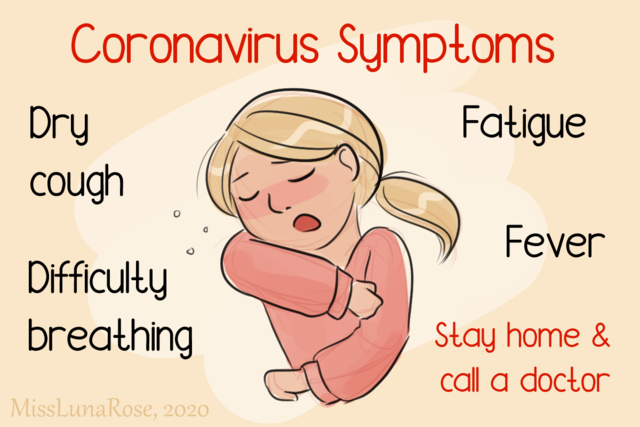
Should yellow or greenish sputum cause concern?
Yellow or green sputum does not always indicate a bacterial infection. With viral bronchitis and bronchiolitis, the yellow-green color of sputum is associated with the fact that cells of the mucous membrane of the respiratory tract, which the virus has damaged, enter the sputum. As a new mucous membrane is formed, the desquamated cells come out with sputum, so there is no need to be scared if the child coughs up yellow or even greenish sputum, since in most cases this is a normal manifestation of a viral infection that does not require antibiotics.
What should I do if my child coughs at night?
Most often, nocturnal cough is associated with the fact that when the child lies in bed, discharge from the nose and paranasal sinuses drain into the throat and cause a cough reflex. When a child rolls over in bed or gets up from a horizontal to an upright position, a coughing fit occurs.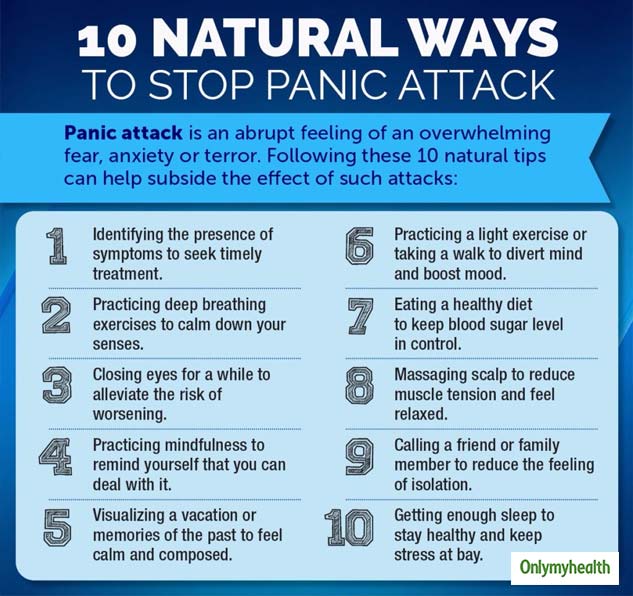 In such cases, the doctor will prescribe a topical treatment for the child to reduce the runny nose and, as a result, reduce the cough.
In such cases, the doctor will prescribe a topical treatment for the child to reduce the runny nose and, as a result, reduce the cough.
Night cough also occurs with pathology of the lower respiratory tract. Therefore, if your child is concerned about a nighttime cough, consult a doctor.
What if the child coughs to vomit?
If your child has a paroxysmal cough before vomiting, contact your pediatrician as this may be a symptom of whooping cough. Whooping cough is especially dangerous for children in the first months of life. Sometimes whooping cough develops even in children who were vaccinated against it, but a lot of time has passed since the last revaccination.
Some children have a very easy gag reflex and may vomit when they cough, even if the cough is simply due to a runny nose. If vomiting occurs against the background of coughing, feed the child more often, but in small portions.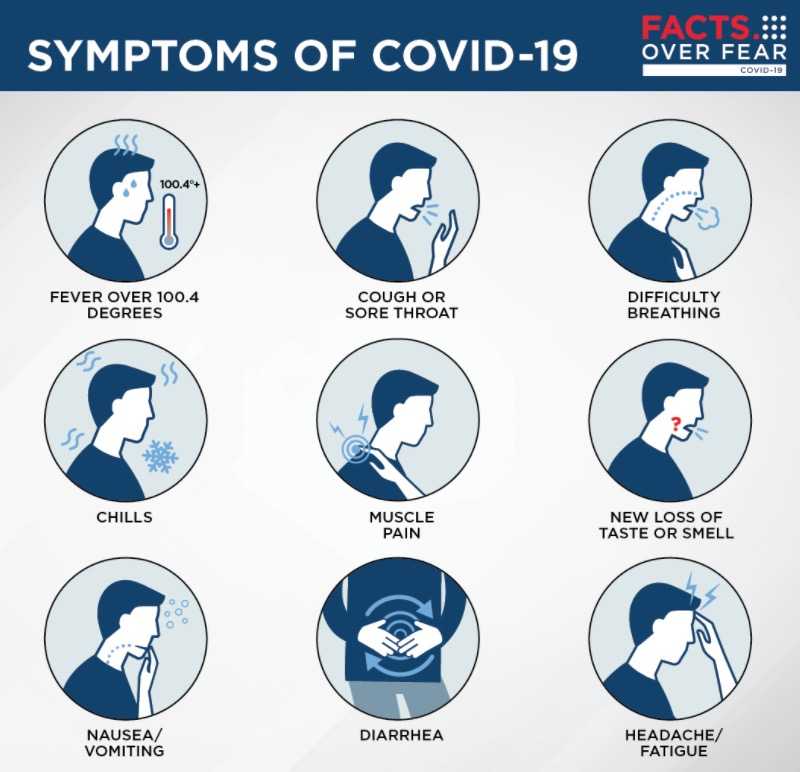
Prolonged cough
It is not uncommon for a prolonged cough to be caused by several successive viral infections. The child does not have time to recover from one infection and picks up another. In this case, the cough can last for several weeks and greatly frighten parents, although its cause is trivial.
However, a prolonged cough may be associated with allergies, including bronchial asthma, as well as whooping cough and other diseases of the respiratory tract and ENT organs (a chronic cough may even be due to earwax plugs in the ears!), so in case of persistent cough, consult your doctor.
How to treat a cough?
Cough can have many causes, and each case is treated differently. Show the child to the doctor to understand what the cough is connected with and how to help the child.
If the cough is accompanied by sputum production (wet, productive cough), sputum production should be stimulated to facilitate expectoration.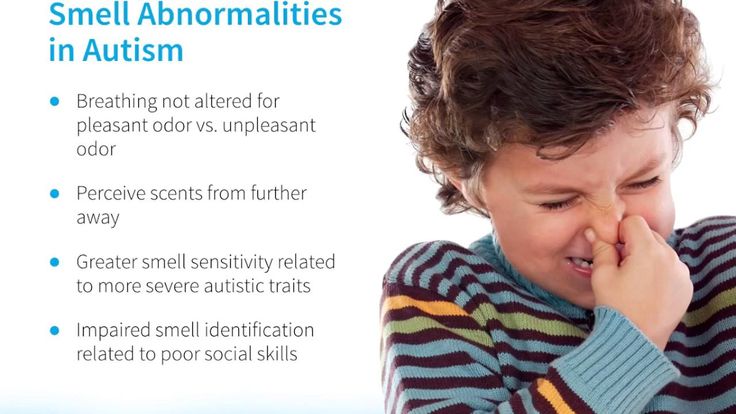 Give your child more fluids (for example, apple juice or warm chicken broth can be given if age-appropriate and not allergic to these foods). If the air in the children's bedroom is dry, install a humidifier.
Give your child more fluids (for example, apple juice or warm chicken broth can be given if age-appropriate and not allergic to these foods). If the air in the children's bedroom is dry, install a humidifier.
Fight nonproductive (dry) cough by reducing upper airway irritation. To soften the cough and soothe the airways, give the child a drink of water or apple juice, this also helps with a coughing fit. Avoid giving carbonated drinks or citrus drinks as they can irritate inflamed mucous membranes. If the child is intolerant of honey, try giving it. Children over 6 years old can suck on cough drops. If a cough interferes with sleep, going to kindergarten and school, consult a doctor, he will prescribe an antitussive.
Steam in the bathroom can help with a fit of coughing. Go into the bathroom, close the door, turn on the hot shower and wait a few minutes. After the bath is filled with steam, go there with the child, sit for about 20 minutes. Try reading a book or playing with the child so that he is distracted.
Try reading a book or playing with the child so that he is distracted.
Smoking is strictly prohibited at home! This contributes to frequent respiratory infections in the child and aggravates their course.
Medicines such as antibiotics and inhaled bronchodilators, anti-inflammatory and mucolytic drugs are prescribed only by a doctor and are not required in every case.
Up
Fever
Fever is an increase in body temperature of more than 38 ºС. Some symptoms and laboratory and instrumental studies help to understand the cause of the fever and prescribe the necessary treatment.
If the fever is accompanied by a runny nose, cough, and "red throat", the most likely cause is a viral infection. Since antibiotics have no effect on viruses, antibiotic therapy in case of a viral infection is not prescribed.
High fever (greater than 39°C) with chills should alert.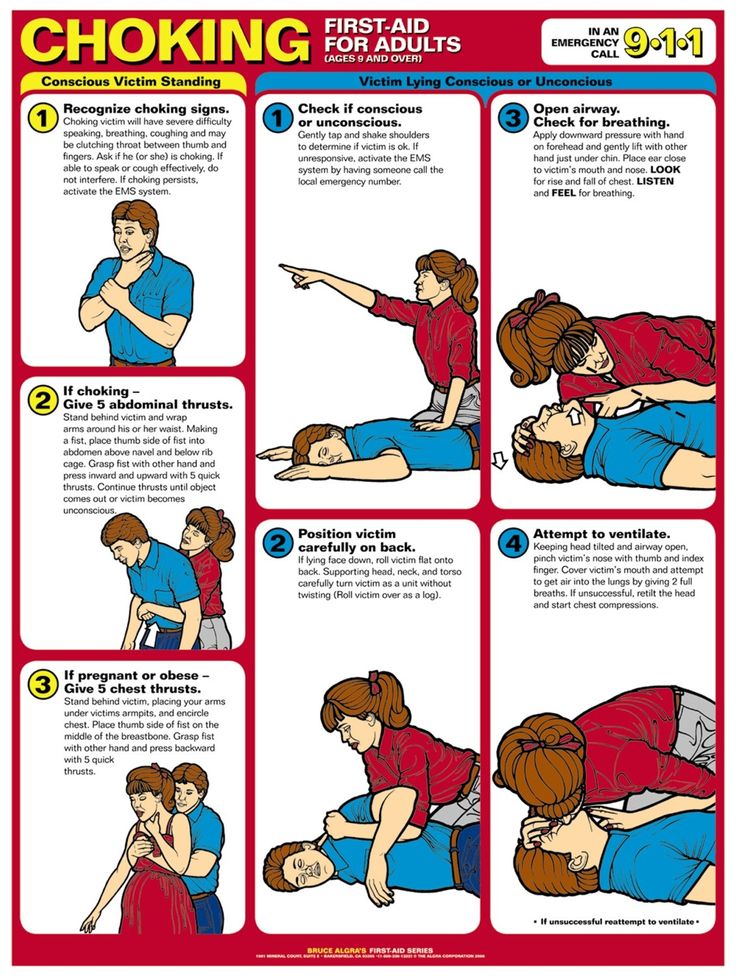 Other symptoms that require immediate medical attention are the refusal of the child to eat and drink, severe lethargy, lack of "eye" contact with the child.
Other symptoms that require immediate medical attention are the refusal of the child to eat and drink, severe lethargy, lack of "eye" contact with the child.
Parents should know how to help a child with a fever .
Only ibuprofen (10 mg/kg per dose) and paracetamol (15 mg/kg per dose) are allowed for use in children. From drugs based on ibuprofen in a pharmacy, you can buy nurofen, and from drugs based on paracetamol - panadol, cefecon, efferalgan. Metamizole sodium (or analgin), including as part of a "lytic mixture", can cause severe blood complications, and nimesulide (nimulide, nise) can cause life-threatening liver damage. If the child does not have a severe background pathology, such as heart disease or epilepsy, and if he satisfactorily tolerates fever (is interested in others, does not refuse to drink, does not complain of pain), antipyretic drugs are given at a temperature of 38.5 - 39ºС and above.
And there is no need to achieve a decrease in body temperature immediately to 36.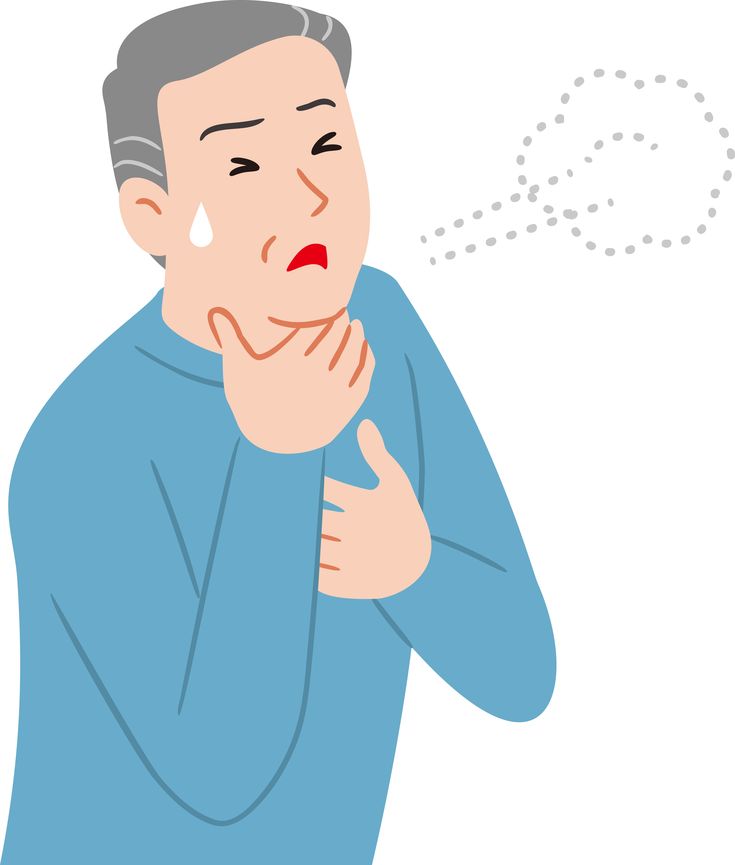 6 ºС! A good effect is considered to be a decrease in fever to 38 ºС. Safe and effective methods of physical cooling are rubbing with water at room temperature (not alcohol or vinegar!), which allows you to reduce body temperature by 0.5 - 1.0 ºС in a few minutes. However, if the child has chills, if he has cold hands and feet, rubbing will not be effective. In such cases, massage of the hands and feet helps, which reduces vasospasm and improves peripheral circulation, and antispasmodic drugs, such as no-shpa, are also used.
6 ºС! A good effect is considered to be a decrease in fever to 38 ºС. Safe and effective methods of physical cooling are rubbing with water at room temperature (not alcohol or vinegar!), which allows you to reduce body temperature by 0.5 - 1.0 ºС in a few minutes. However, if the child has chills, if he has cold hands and feet, rubbing will not be effective. In such cases, massage of the hands and feet helps, which reduces vasospasm and improves peripheral circulation, and antispasmodic drugs, such as no-shpa, are also used.
Up
False croup
In babies, false croup occurs quite often, so mothers need to know about it. Only parents can notice the first signs of narrowing of the larynx in time and help the child in time. The reason is viral infections. In children under 5 - 6 years of age, the airways are narrower than in adults, and therefore croup develops much more often.
What is false croup?
Croup is difficulty in breathing due to constriction of the larynx. To feel where the larynx is, you can put your hand on the front of the neck and make any sound - the larynx will vibrate.
This part of the airway is quite narrow, and if the mucous membrane swells, it can completely block the lumen of the larynx, and air will not enter the lungs. In children under 5 - 6 years of age, the airways are narrower than in adults, and therefore croup develops much more often.
Unlike false, true croup begins with diphtheria, when the lumen of the larynx is blocked by dense films. Thanks to vaccinations (DPT, ADS-M), this disease, fortunately, has become rare.
Pseudocroup is caused by acute viral infections (eg parainfluenza virus or respiratory syncytial virus). The mucous membrane becomes inflamed, swells, and although films do not form, as in diphtheria, the result is the same - it is difficult for the child to breathe.
How does it all start?
Usually, the usual symptoms of acute respiratory infections appear first, i.e. runny nose, cough, fever. The first signs of the proximity of a false croup arise or intensify in the evening - this is a growing dry "barking" cough and a hoarse voice.
Then the breath becomes "noisy" - at first only during crying or anxiety, that is, when the baby breathes deeper and faster. After a while, these symptoms persist even in a calm state.
With croup, it is difficult for the baby to inhale exactly, that is, the inhalation turns out to be noisy, with effort, and the exhalation remains normal. During inhalation, you can notice how the jugular fossa (depression in the lower part of the neck between the collarbones) is drawn inward.
Is it possible to prevent false croup?
There are pathogens that most often cause croup: parainfluenza virus, influenza virus and respiratory syncytial virus. If a child has contracted this particular infection, the risk of developing croup is high, and, unfortunately, there are no remedies that protect against it.
There are children who tolerate colds without this complication, but in some the mucous membrane is more prone to edema, and if there has already been one episode of difficulty in breathing with ARI, such conditions are likely to be repeated. Parents need to be ready for them - until the child grows up, and the croup ceases to threaten him.
What to do with false croup?
If you notice its signs, first of all, you need to calm yourself and the child, because when you are excited, the muscles of the larynx contract, and it becomes even harder to breathe.
For a "barking" cough, as long as breathing is silent and not labored, steam inhalation may help. Turn on hot water in the bathroom, let the child breathe in moist air for a few minutes.
If this does not help and breathing becomes difficult (noisy breathing, indrawing of the jugular fossa), call an ambulance and continue to do steam inhalation until it arrives. The doctor will prescribe special inhalations with a local hormonal preparation for croup. Don't let the word "hormonal" scare you, because this drug works only in the respiratory tract, eliminating inflammation, and no other medicine for false croup will not be so effective. In severe cases, the doctor will inject a hormone (prednisolone or dexamethasone) intramuscularly. Don't worry about side effects because short cycles of hormones are safe and life-saving in these situations.
If you are offered to hospitalize your child, do not refuse, because after temporary relief, breathing problems may recur.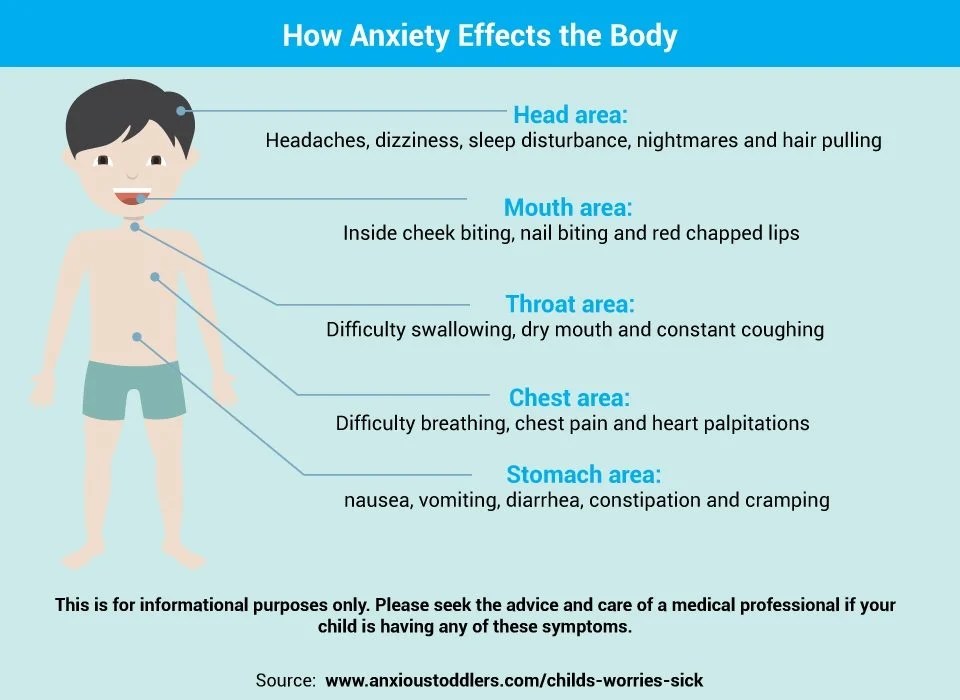
There are conditions that can be confused with false croup, such as inflammation of the epiglottis (cartilage that closes the larynx when swallowing). This disease is called epiglottitis: the child's temperature rises above 39 degrees, there is a severe sore throat, the mouth is difficult to open, and hormonal preparations do not help the child.
If the epiglottis is inflamed, the child is admitted to the hospital and treated with antibiotics. But this disease is rare, and false croup is caused by viruses, so it makes no sense to take antibiotics.
Is it possible to stop an attack of croup on your own?
If it is not the first time that a child has false croup, you can take home a special device for inhalation - a nebulizer (choose a compressor model, since ultrasound can destroy drugs used for croup). Your doctor will tell you what medication to have at home and how much to use if needed.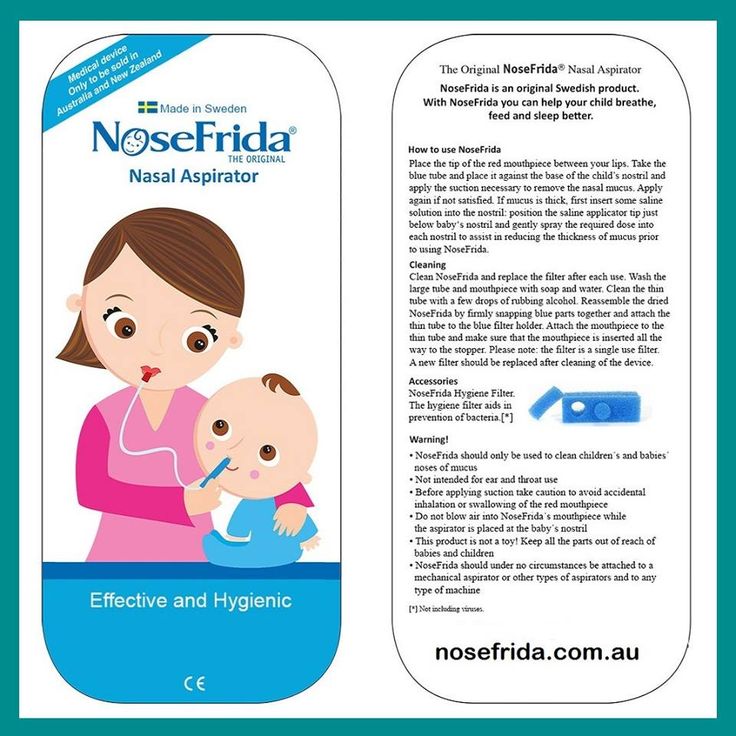
The child can return to kindergarten as soon as the body temperature returns to normal and the child feels well.
Up
Vomiting and diarrhea
Acute gastroenteritis is characterized by an increase in body temperature (from subfebrile condition to high fever), vomiting, stool thinning. Rotavirus is the most common cause of gastroenteritis. The most severe is the first episode of rotavirus gastroenteritis in children from 6 months to 2-3 years. The peak incidence of this infection occurs in the winter - spring.
The danger of viral gastroenteritis is associated with rapid dehydration and electrolyte disturbances due to loss of water and salts in loose stools and vomiting. Therefore, feeding the child is of fundamental importance. In order not to provoke vomiting, you need to drink fractionally (1 - 2 teaspoons), but often, if necessary, every few minutes. For convenience, you can use a syringe without a needle or a pipette.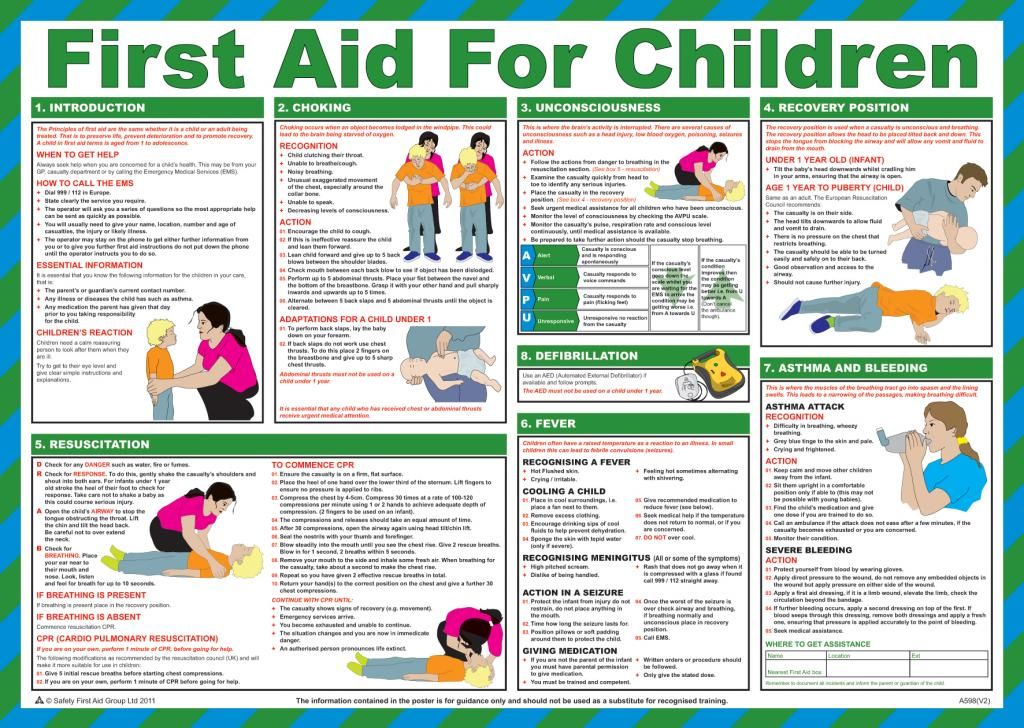 In no case should you drink the child with just water, this only exacerbates electrolyte disturbances! There are special saline solutions for drinking - rehydron (optimally ½ sachet per 1 liter of water), Humana electrolyte, etc.
In no case should you drink the child with just water, this only exacerbates electrolyte disturbances! There are special saline solutions for drinking - rehydron (optimally ½ sachet per 1 liter of water), Humana electrolyte, etc.
The daily need for fluid is presented in the table:
Weight of the child Daily need for liquid
2 - 10 kg 100 ml/kg
10 - 20 kg + 50 ml/kg per kg over 10 kg
> 20 kg 1500 ml + 20 ml/kg for each kg over 20 kg
In addition, current fluid losses with loose stools and vomiting are taken into account - for each episode of diarrhea / vomiting, an additional 100 - 200 ml of fluid is given.
Intravenous rehydration (fluid replenishment with drips) is done only for severe dehydration and persistent vomiting. In all other cases, you need to drink the child - it is safe, effective and painless.
Smecta (but do not give smecta if it induces vomiting), espumizan or Sab simplex are used as adjuvants. Enterofuril is not recommended for use, as it is not effective either in viral infections or in invasive bacterial intestinal infections. In the diet during the acute period, fresh vegetables and fruits (except bananas), sweet drinks are excluded, and whole milk is limited only in older children.
Enterofuril is not recommended for use, as it is not effective either in viral infections or in invasive bacterial intestinal infections. In the diet during the acute period, fresh vegetables and fruits (except bananas), sweet drinks are excluded, and whole milk is limited only in older children.
Parents need to be aware of the first signs of dehydration - a decrease in the frequency and volume of urination, thirst, dry skin and mucous membranes. With increasing dehydration, the child becomes lethargic, stops urinating, thirst disappears, the skin loses turgor, and the eyes “sink”. In this case, there is no time to waste, it is necessary to call a doctor and hospitalize the child.
The appearance of blood and mucus in the stool in a child should be alerted, because this is typical for bacterial enterocolitis. Stool with such infections is not large (in contrast to copious watery stools with rotavirus infection), false urge to defecate and abdominal pain may be noted.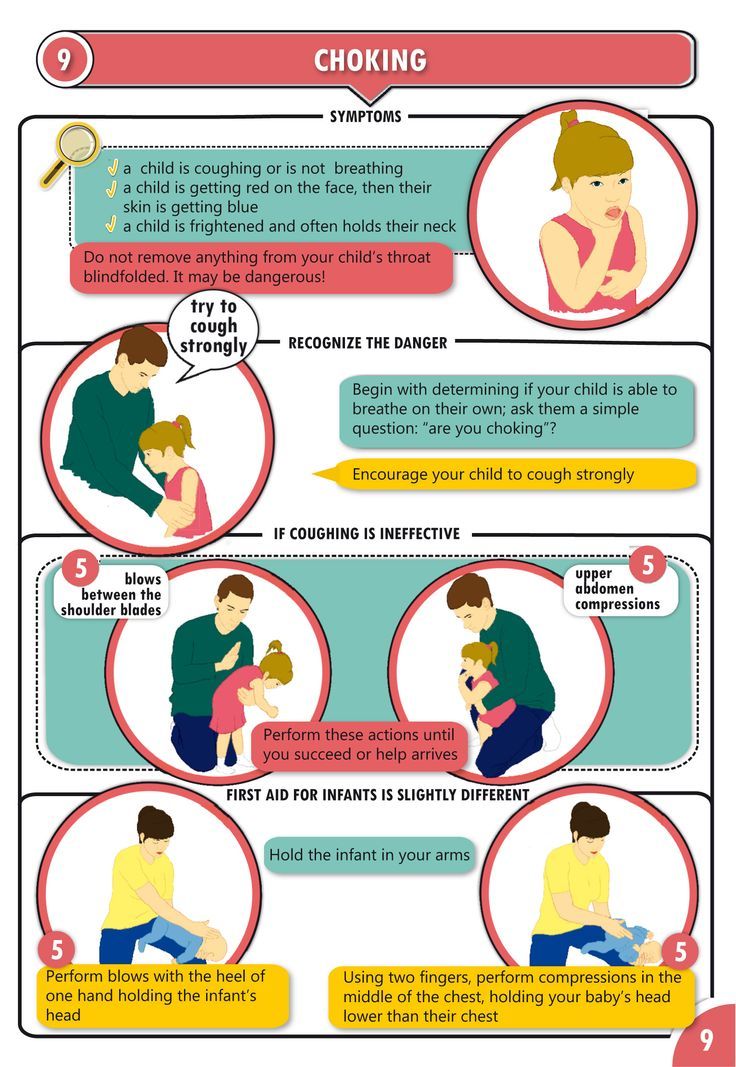 Drinking water in such cases may not be enough, and, as a rule, antibiotics are required.
Drinking water in such cases may not be enough, and, as a rule, antibiotics are required.
Up
Pneumonia
One of the serious diseases in children is pneumonia, or pneumonia. Pneumonia can pose a threat to a child's life. Fortunately, modern medicine has learned to cope well with pneumonia, and this disease can be completely cured in most cases. Therefore, if your baby gets sick with fever and cough, contact your pediatrician. If pneumonia is suspected, a doctor may order an x-ray of the lungs to confirm the diagnosis.
What is pneumonia?
Pneumonia is an inflammation of the lung tissue, that is, the deepest part of the respiratory system. Normally, gas exchange occurs in the lungs, that is, oxygen from the air enters the blood, and carbon dioxide is released from the blood into the environment. When part of the lung is inflamed, the breathing function in the affected lung is affected and the child develops shortness of breath, that is, rapid and labored breathing.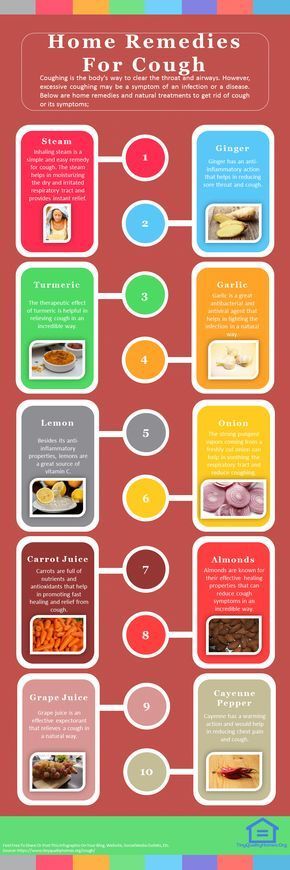 Substances produced during the immune system's fight against bacteria cause fever (if the body temperature rises above 38 ° C, this is called a fever). The accumulation of sputum in the alveoli and bronchi and swelling of the mucous membrane stimulate the cough reflex, and a cough occurs. If the focus of pneumonia is near the lining of the lung, called the pleura, chest pains may occur when breathing and coughing.
Substances produced during the immune system's fight against bacteria cause fever (if the body temperature rises above 38 ° C, this is called a fever). The accumulation of sputum in the alveoli and bronchi and swelling of the mucous membrane stimulate the cough reflex, and a cough occurs. If the focus of pneumonia is near the lining of the lung, called the pleura, chest pains may occur when breathing and coughing.
What causes pneumonia?
There are many infections that can cause pneumonia. Streptococcus pneumoniae is the most common cause of so-called "typical" pneumonia. Pneumococcal pneumonia is accompanied by fever, cough, shortness of breath, lethargy, and decreased appetite. Less commonly, pneumonia is caused by other pathogens - hemophilus influenzae (Haemophilus influenzae) type b, pyogenic streptococcus (Streptococcus pyogenes) and Staphylococcus aureus (Staphylococcus aureus). "Atypical" pneumonia, which is usually milder and quite contagious, is caused by mycoplasmas and chlamydia.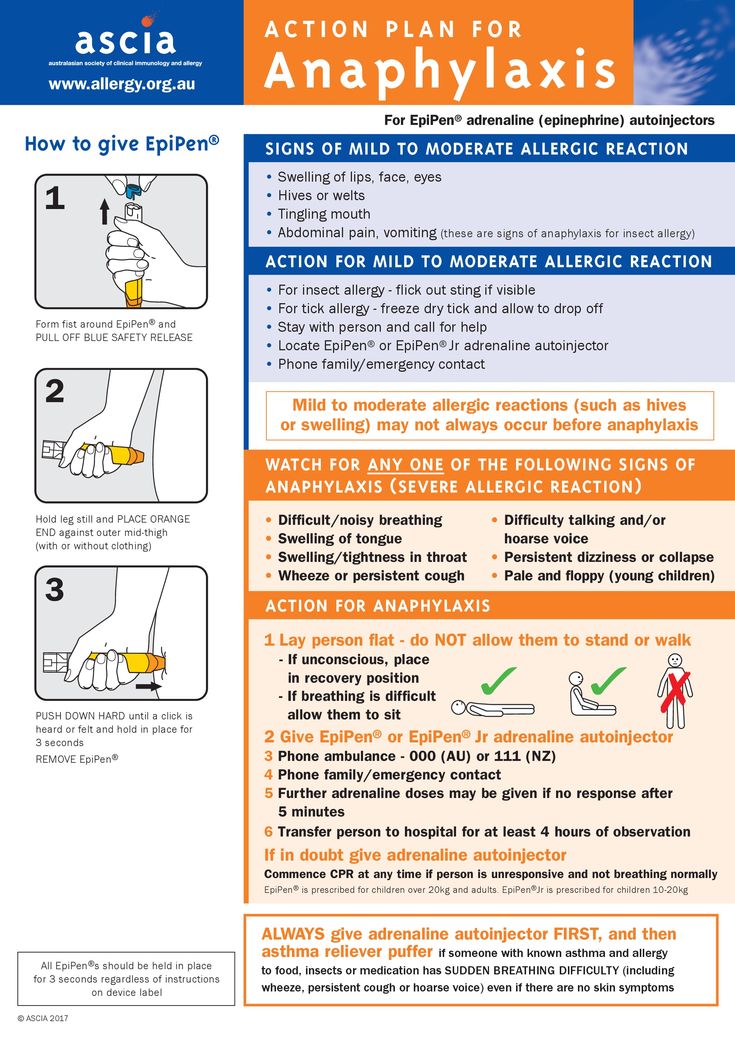 Less commonly, pneumonia is caused by viruses (adenovirus, RS virus) - such pneumonias are rare and can be very difficult. Pneumonia can develop suddenly or be a complication of the flu.
Less commonly, pneumonia is caused by viruses (adenovirus, RS virus) - such pneumonias are rare and can be very difficult. Pneumonia can develop suddenly or be a complication of the flu.
What are the symptoms of pneumonia?
The most important symptom of pneumonia is fever. In a young child, fever may be the only manifestation. Fever above 39.5°C with chills and fever that is poorly reduced after taking antipyretic drugs should be especially alert. Although not always a high fever that does not respond well to antipyretics is a symptom of pneumonia. This may be a manifestation of a respiratory viral infection.
The second important symptom of pneumonia is a cough. The nature of the cough matters. Particularly alarming are the "deep" cough, cough at night and cough before vomiting.
Severe pneumonia is usually accompanied by shortness of breath, that is, rapid and labored breathing. Sometimes a symptom of pneumonia is pain in the abdomen, which occurs due to irritation of the pleura (lung membrane) during inflammation of the lung area adjacent to the pleura and due to frequent coughing and, accordingly, tension in the abdominal muscles.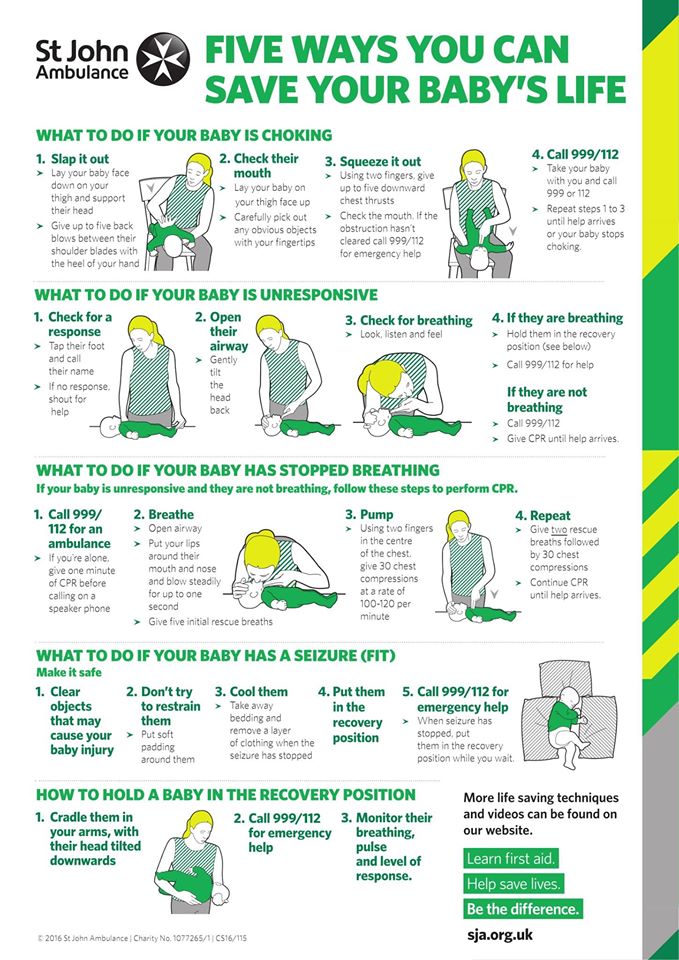
Very important signs that speak in favor of pneumonia are symptoms of intoxication, such as fatigue, weakness, refusal to eat and even drink. At the same time, unlike pneumococcal pneumonia, with mycoplasmal pneumonia, the child may feel well.
Coughing and wheezing in the lungs are symptoms not only of pneumonia, but also of bronchitis. It is very important that the doctor distinguishes pneumonia from bronchitis, since antibiotics are not always required for bronchitis and only if its mycoplasmal etiology is suspected.
What can happen if pneumonia is not treated?
This is fraught with complications that are more likely to occur if pneumonia is left untreated. Complications of pneumonia are inflammation of the pleura (pleurisy) and the formation of a cavity in the lung filled with pus (lung abscess). In such cases, a longer course of antibiotics will be required, and sometimes the help of a surgeon.
How to treat pneumonia?
If you have bacterial pneumonia, your doctor will prescribe an antibiotic.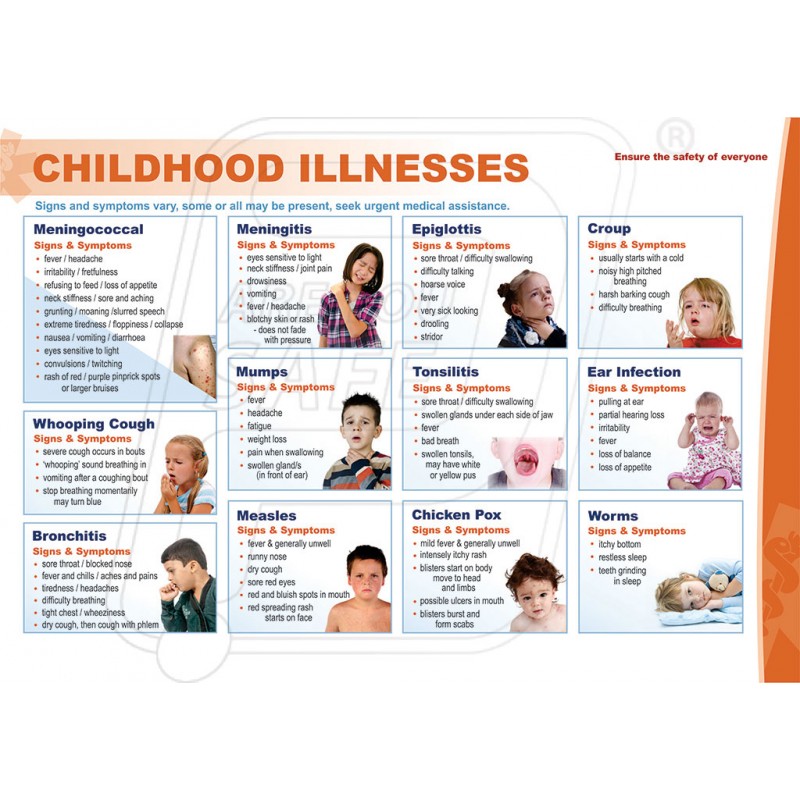 The doctor will decide which antibiotic to choose depending on the suspected cause of the pneumonia. In most cases, the child can be given the antibiotic by mouth (as a suspension or tablets) rather than by injection. The effect of the antibiotic occurs within 24-48 hours. If after 1 - 2 days the child does not feel better and the temperature rises, consult a doctor again.
The doctor will decide which antibiotic to choose depending on the suspected cause of the pneumonia. In most cases, the child can be given the antibiotic by mouth (as a suspension or tablets) rather than by injection. The effect of the antibiotic occurs within 24-48 hours. If after 1 - 2 days the child does not feel better and the temperature rises, consult a doctor again.
Usually a child with pneumonia can be treated at home. Hospitalization is required for severe and complicated pneumonia, when the child needs intravenous antibiotics, supplemental oxygen, pleural punctures, and other serious medical interventions.
Give the child an antipyretic (ibuprofen or paracetamol) if the body temperature rises above 38.5 to 39°C. Antitussives, such as butamirate (Sinekod drug), are contraindicated in pneumonia.
Can pneumonia be prevented?
There are vaccines designed to protect against pneumococcus and Haemophilus influenzae, which cause the most severe forms of pneumonia (against pneumococcus - vaccines "Prevenar", "Pneumo 23", against Haemophilus influenzae - "Act-HIB", "Hiberix", a component against Haemophilus influenzae sticks are part of the Pentaxim vaccine, components against pneumococcus and Haemophilus influenzae are simultaneously part of Synflorix).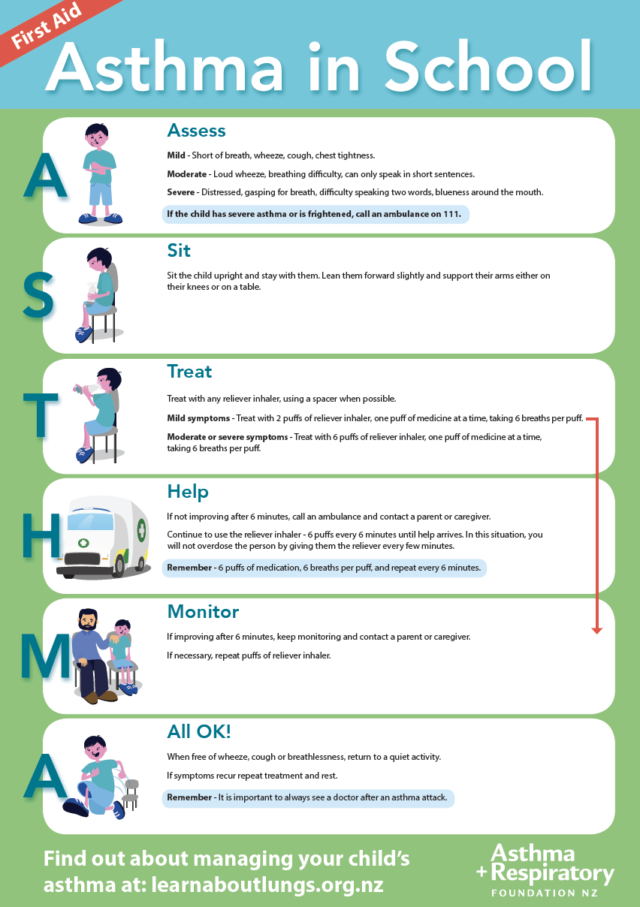 Since pneumococcal pneumonia often develops as a complication of influenza, influenza vaccination is useful. It is very important that parents do not smoke in the presence of a child, as secondhand smoke makes the lungs weak and vulnerable.
Since pneumococcal pneumonia often develops as a complication of influenza, influenza vaccination is useful. It is very important that parents do not smoke in the presence of a child, as secondhand smoke makes the lungs weak and vulnerable.
Up
how and when to call an ambulance for a child
Some parents hesitate to call an ambulance when they have a fever, and some call 03 at the slightest ailment. Experts identify seven main reasons for calling the SMP to a child:
1. Breathing problems (shortness of breath)
The essence of shortness of breath is a violation of the supply of a sufficient amount of oxygen to the body, and an attempt to compensate for this violation by more intense breathing. Shortness of breath most often develops due to aspiration (inhaled and choked) of a foreign body, bronchial asthma, an upper respiratory tract infection, or pneumonia. Signs of shortness of breath: cough, wheezing, difficulty breathing (especially flaring of the wings of the nose, and use of the chest and neck muscles for the act of breathing), grunting, interruptions in speech, or blue skin.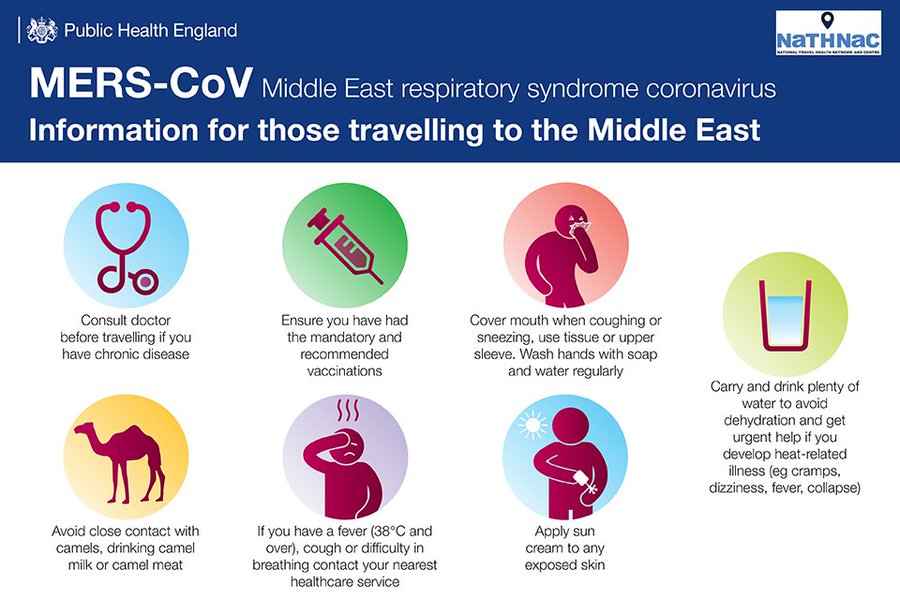
Ø The child's respiratory rate is more than 50-60 breaths per minute
Ø The child has a sharp cyanosis around the mouth
Ø These symptoms do not improve over time, or even increase.
2. Broken bones
In most cases, parents can easily deliver the child to the emergency department on their own.
Ø The child is writhing in pain, you cannot relieve it with antipyretic syrup or a candle
Ø A piece of bone sticks out just under the skin
Ø Injury touches the head or neck
Ø The child has an altered level of consciousness (for example, excessively inhibited).
3. Severe dehydration
The most common causes of severe dehydration are vomiting and/or diarrhea. Not every vomiting or diarrhea requires calling an emergency medical service; it is usually sufficient to give the child frequent and fractional water to compensate for the loss of fluid and salts.
Ø The child does not answer you, or answers inadequately
Ø The child is writhing with severe spasms and unrelenting pain in the abdomen (this may indicate appendicitis, kidney stones and other dangerous conditions).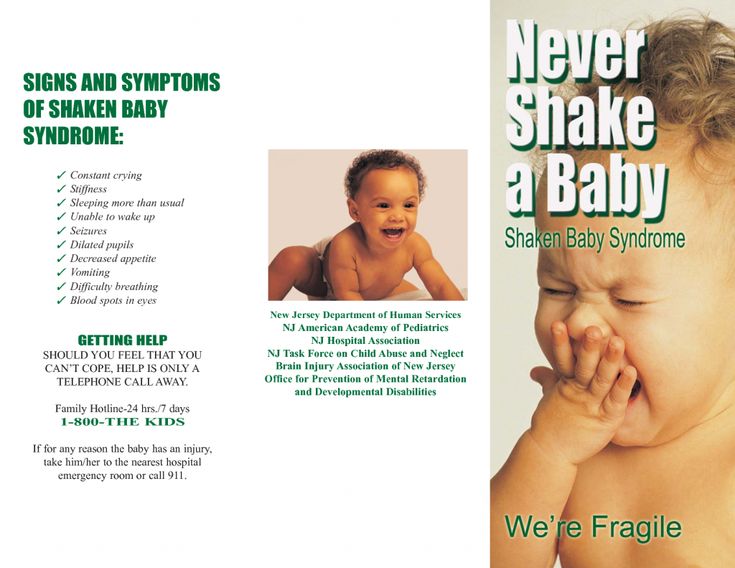
4. Seizure attack
In infants and preschoolers, a rapid rise in temperature can cause febrile seizures. Most fever-related seizures are not an emergency. Seizures that occur without fever usually have a more serious prognosis.
Ø Seizure lasts more than three to five minutes
Ø The child has difficulty breathing or turns blue
Ø After the seizure has stopped, the child cannot return to his normal mental state.
5. Falls
A fall from a great height is especially dangerous with an injury to the head, spine, or internal organs. If you suspect a head injury, talk to your child and make sure they answer questions adequately.
Ø The child has vomited more than once since the injury.
Ø He loses consciousness
Ø The child complains of numbness or tingling in the body
Ø You have reason to suspect damage to internal organs
Ø You have reason to suspect a neck or spinal injury.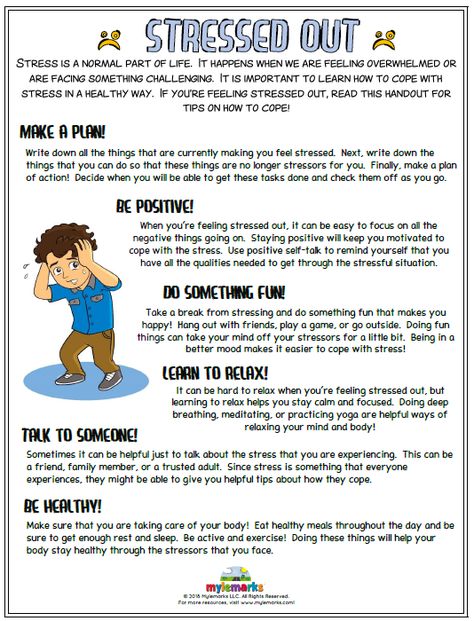 In the event of a possible neck or spinal injury, do not attempt to move your child. Ambulance staff will fix the spine before transporting the child to the hospital.
In the event of a possible neck or spinal injury, do not attempt to move your child. Ambulance staff will fix the spine before transporting the child to the hospital.
6. Cuts and bleeding
If your child is bleeding, apply pressure to the wound, wait for the bleeding to stop, and assess the extent of the damage. Children who need sutures usually do not need to call the emergency medical service - they may well be taken to the emergency room of surgery by their parents.
Ø Your child has a disease that interferes with blood clotting
Ø You can't stop the bleeding.
7. Poisoning suspected
In this situation, an ambulance should be called as soon as you find the symptoms of poisoning: vomiting, diarrhea, abdominal pain, confusion. If you understand that the child got to the medicines and swallowed some of them, call an ambulance and look for the packages from the medicines. You will need to tell the doctors the name of the drug and the approximate amount that the child could swallow.